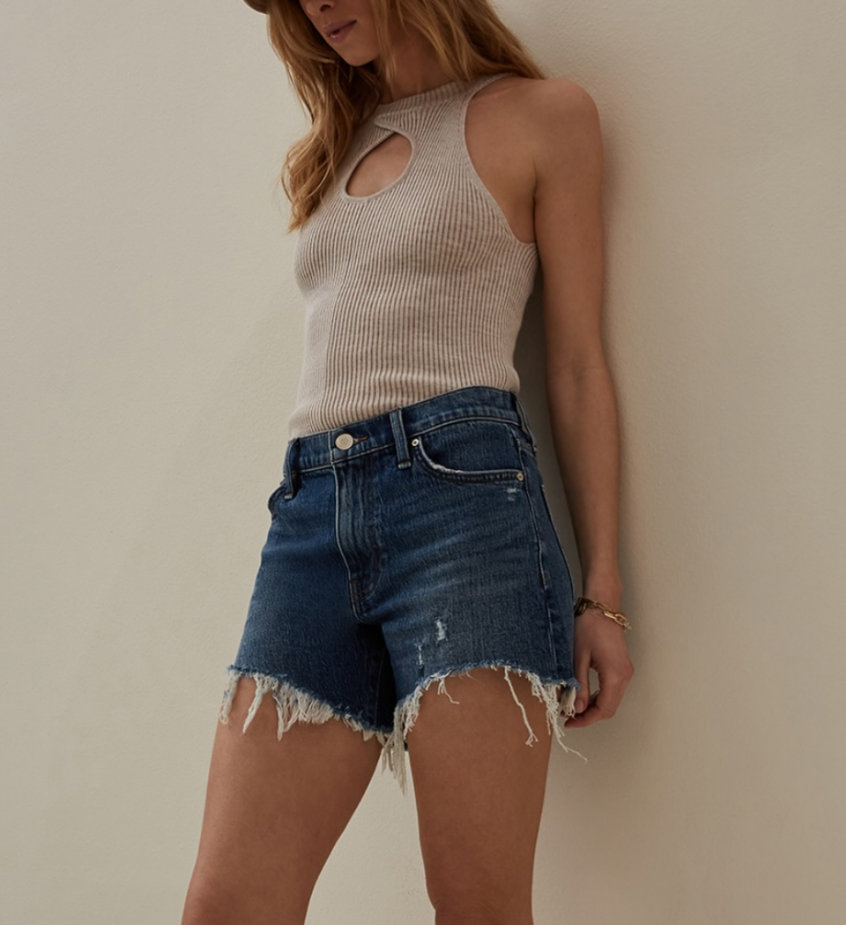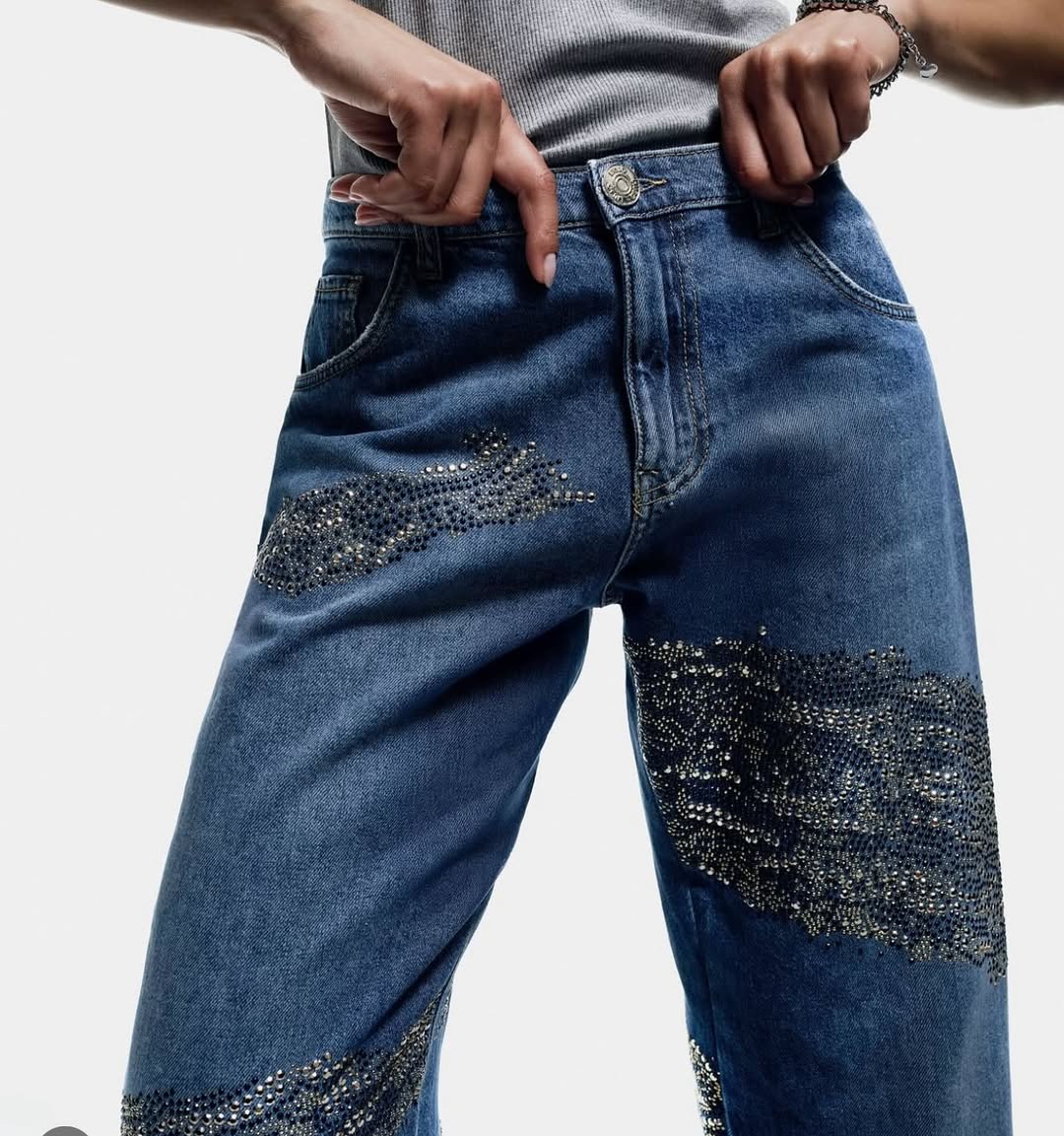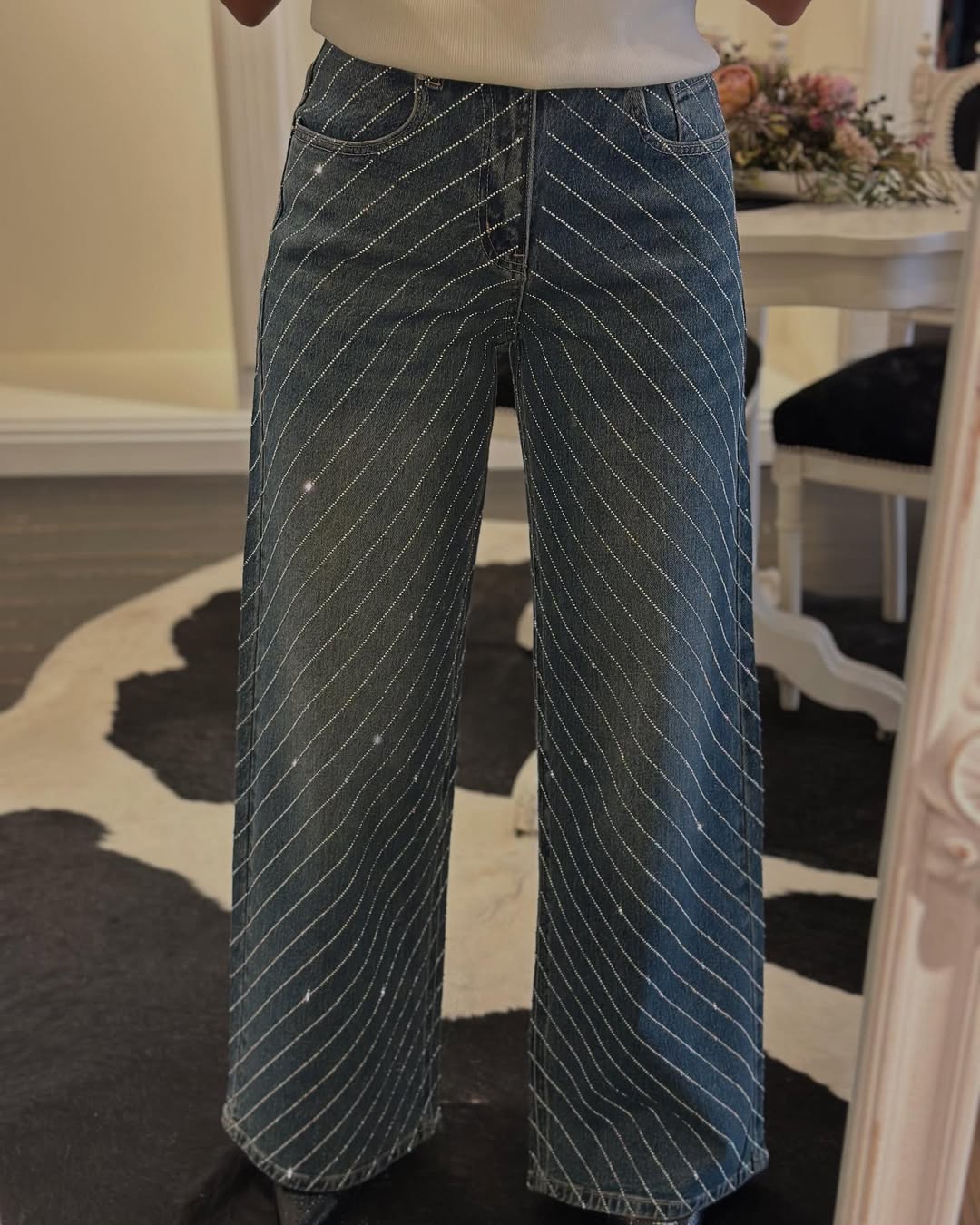On the outskirts of Mexico City, a farmer in faded jeans kneels in a field, his pant legs caked with fresh soil. When a photographer captures this simple scene, it reveals something deeper—jeans aren’t just clothing. Through the lens, they become a bridge connecting labor, culture, and time.

1. The Secret Code of Fabric
The "worn-out" look of jeans is their most beautiful filter. Up close, the intersecting threads resemble tree rings—every crease tells a story. The whitened knees are badges of physical labor; the frayed hems are marks of time’s passage. A New York museum once examined century-old jeans under a microscope: rust stains from metal rivets and faded denim patches formed abstract art. A Japanese photographer laid jeans on a beach for a long-exposure shot—the indigo blended with ocean waves under moonlight, transforming fabric into liquid canvas.
2. The Many Shades of Blue
Denim blue is photography’s favorite "natural filter." In classic Western films, the lone splash of color in black-and-white landscapes was the cowboy’s jeans, waving like a flag in the wilderness. Today, this blue gets creative twists: near the Berlin Wall ruins, vintage jeans clash with concrete gray, echoing history’s weight. In China’s neon-lit night markets, fluorescent-painted jeans glow like cyberpunk emblems. Even in The Terminator, Schwarzenegger dons jeans after time-traveling naked—the director joked, "Blue instantly humanizes a cyborg."
3. Rips and Stitches: Signatures of an Era
Jeans’ imperfections aren’t flaws—they’re bold statements. In 1970s New York, rebels tore their jeans deliberately; photographers immortalized them leaning on graffiti walls, turning rips into symbols of rebellion. In Tokyo’s Harajuku district, girls cuff their jeans to show colorful socks, a styling trick street photographers call "urban fashion Morse code." In Africa, tailors patch worn jeans with traditional embroidery—photographers document these hybrids, where old denim becomes cultural collage.
The Philosophy of Denim Photography
From factory assembly lines to glossy magazine spreads, from farm fields to city rooftops, jeans stay authentic on camera. They need no embellishment: a faded waistband might hold a construction worker’s sweat stains; a pocket’s outline could preserve a truck driver’s lighter imprint. When photographers click the shutter, these details become epics of ordinary lives. Next time you slip on old jeans, remember: every crease might be waiting for a lens to turn humble stories into timeless frames.




